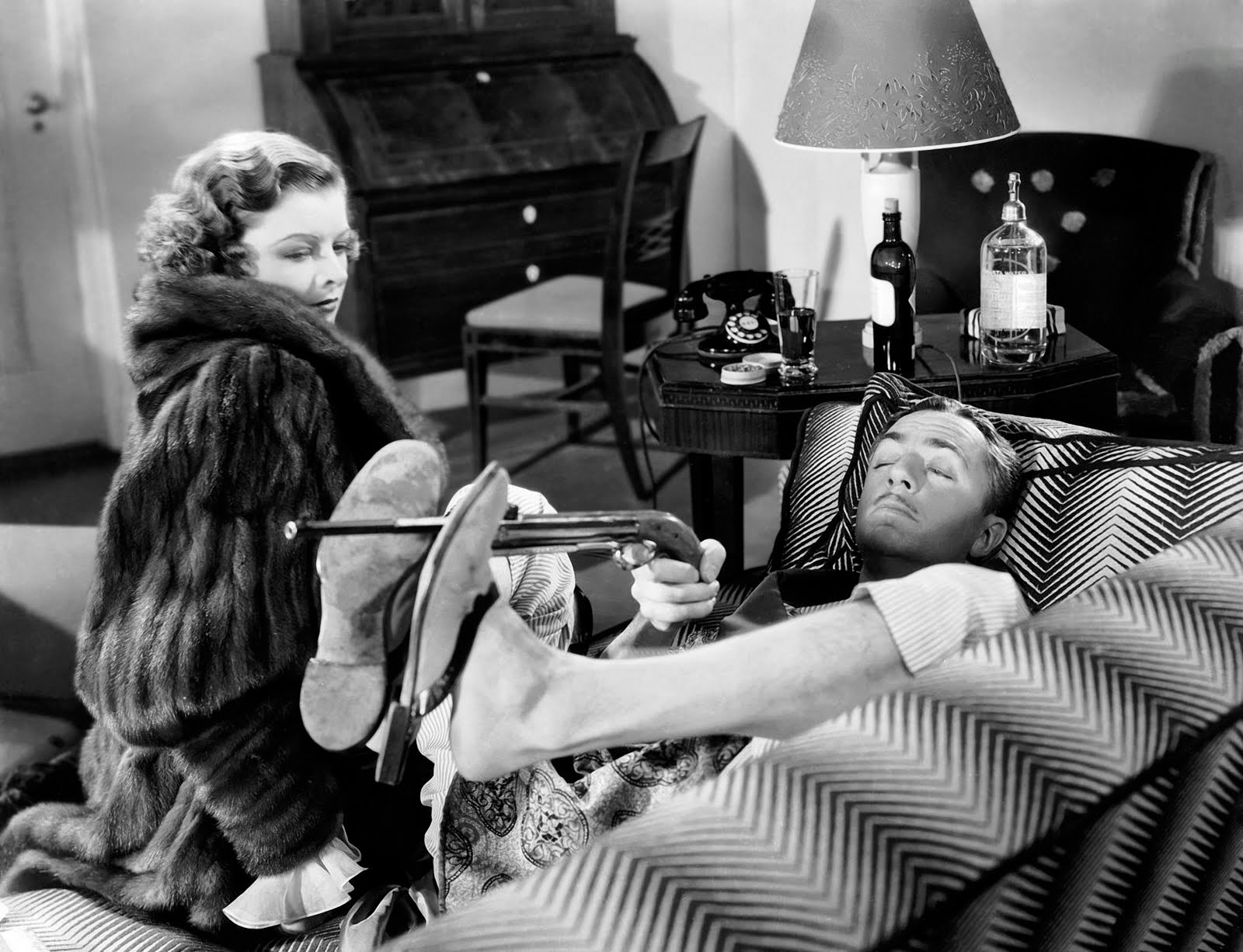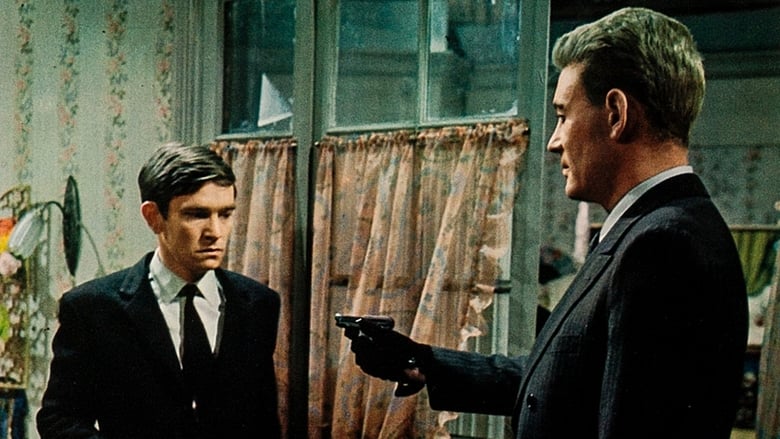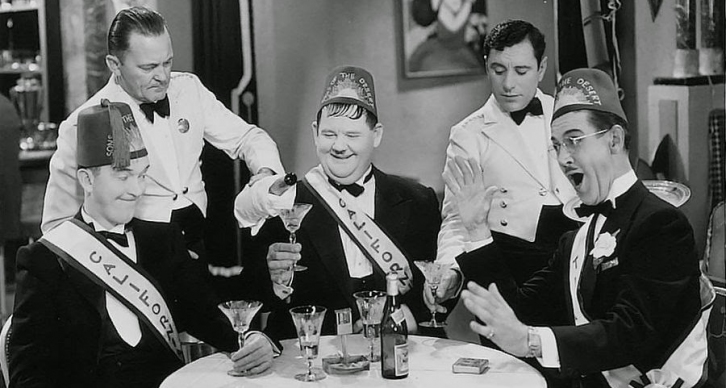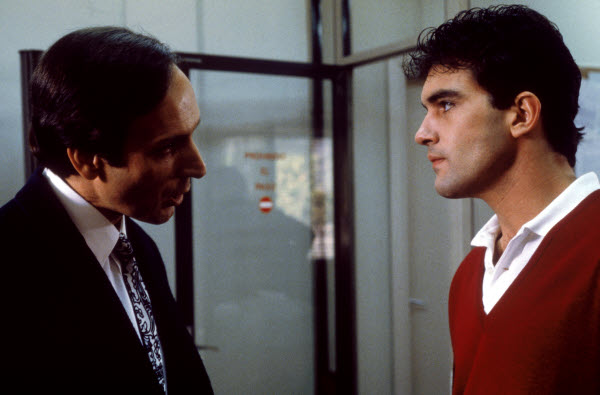6. Wendy and Lucy

Adapted from Jon Raymond’s short story “Train Choir,” Kelly Reichardt’s “Wendy and Lucy” is a heartbreaking portrait of isolation and loneliness. She needs the dog Lucy more than it needs her. Lucy is everything to her – security, friendship, and undemanding love – and every vacuum in Wendy’s life is filled by the dog. In that manner, it is quite different from most of the one-dimensional dog films that only show the unselfish love of the dog.
“Wendy and Lucy” understands the psychological and sociological needs of the dog parents and the relations they share more than the average lot. “Wendy and Lucy” is a very realistic film that can’t be attributed to most of the other sentimental films of this genre, so it is a special achievement. Dog lover or not, “Wendy and Lucy” is a special film to witness, also for Michelle Williams acting in her road to survival.
7. The Thin Man

Sometimes entertainment is all we need from a film, and the 1934 pre-code comedy-mystery film “The Thin Man” is full of entertaining moments. The leads performed their comic roles with absolute command. It is also another remarkable film for its intriguing and clever use of dialogue. William Powell’s dialogue delivery is especially noting. As the name of the film, the plot of the crime story is thin, but in its defense, it is not the highlight of it.
The chemistry between the leads is fascinating and that makes it a great viewing experience. A true comedy in the veil of a crime story, “The Thin Man” could be enjoyed by everyone. After a screening of the film, it is worth arguing how a film that shows so much alcoholism passed the censor board in the tightly-bound decade of the 1930s.
8. The Night of the Generals

“The Night of the Generals” has a killer cast. Produced by Sam Spiegel, who also made “Lawrence of Arabia” and “The Bridge on the River Kwai,” this film has Peter O’Toole and Omar Sharif in the leading roles. O’Toole has again made the role of General Tanz his own in such a degree that it feels like all the other supporting cast has been relegated to the shadows. Wartime crime films have a big potential market worldwide, and this film blended the two biggest genres of cinema pretty well.
There has been a lot of social and psychological experiments on Nazi extremity, but in “The Night of the Generals” when the maniac, ruthless leader General Tanz stands behind a Van Gogh self-portrait to examine it, there can be no better visual comparison of a deranged mind. Overall, “The Night of the Generals” has the power to satisfy both classic and modern film viewers.
9. Sons of the Desert

In the wrong proportion to their worldwide fame, Laurel and Hardy’s films are still underseen to a lot of other people. Acclaimed to be one of the best Laurel and Hardy films, “Sons of the Desert” is a pure comedy. Just like “It Happened One Night” is still considered to be a template for romantic comedy films, “Sons of the Desert” has inspired millions of sitcoms and comedy sketches over the years. Wives as violent attackers – this is a classic parody of sitcom tropes that have been used since this film.
This is a perfect slapstick comedy where adult men behave like toddlers, but it is also great fun. The best way to appreciate the humor is not to find logic in the comedic routines, as these films were made at the time of global upset. The international Laurel and Hardy society “The Sons of the Desert” has been named before this film, so Laurel and Hardy lovers already adore this film. If you haven’t seen it, watch this, you will love this too.
10. Matador

All the fascinations that Pedro Almodovar uses in his films are present here: sex, murder, religion. “Matador” is a weird film with equal doses of intrigue, murder mystery, and comedy dolloped in. Assumpta Sena, Nacho Martinez, and Antonio Banderas gave great performances in the film. Although Almodovar considers this as a weak film, this can be at best said with consideration to his older films.
“Matador” is more entertaining than any of his post-2000 work. Twisted and funny, full of horror, comedy, and thrill, this gives a peek into the genius of Almodovar’s mind. This perverse yet entertaining tale of two antiheroes and one telekinetic character has been suitably mixed with a great Giallo soundtrack that reminds one of Hitchcock as well as De Palma.
With all of this heavy plot around, Almodovar’s style has a playfulness to it, which had been missing from Spanish cinema after Bunuel, one might say. “Matador” also has a great use of color; the use of red is particularly striking. The editing is also good with a great cross-cutting sequence in the film. “Matador” is a great film to enjoy, even when it deals it heavy subjects like necrophilia and molestation, and it highlights all of the major themes of Almodovar’s filmography, which he expanded on in his post-2000 works.